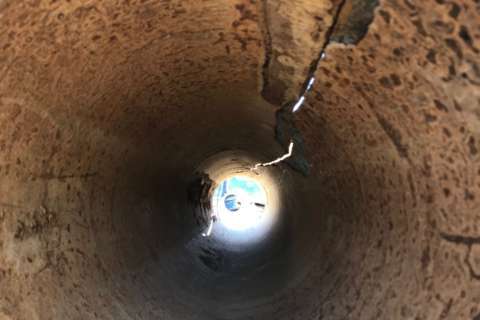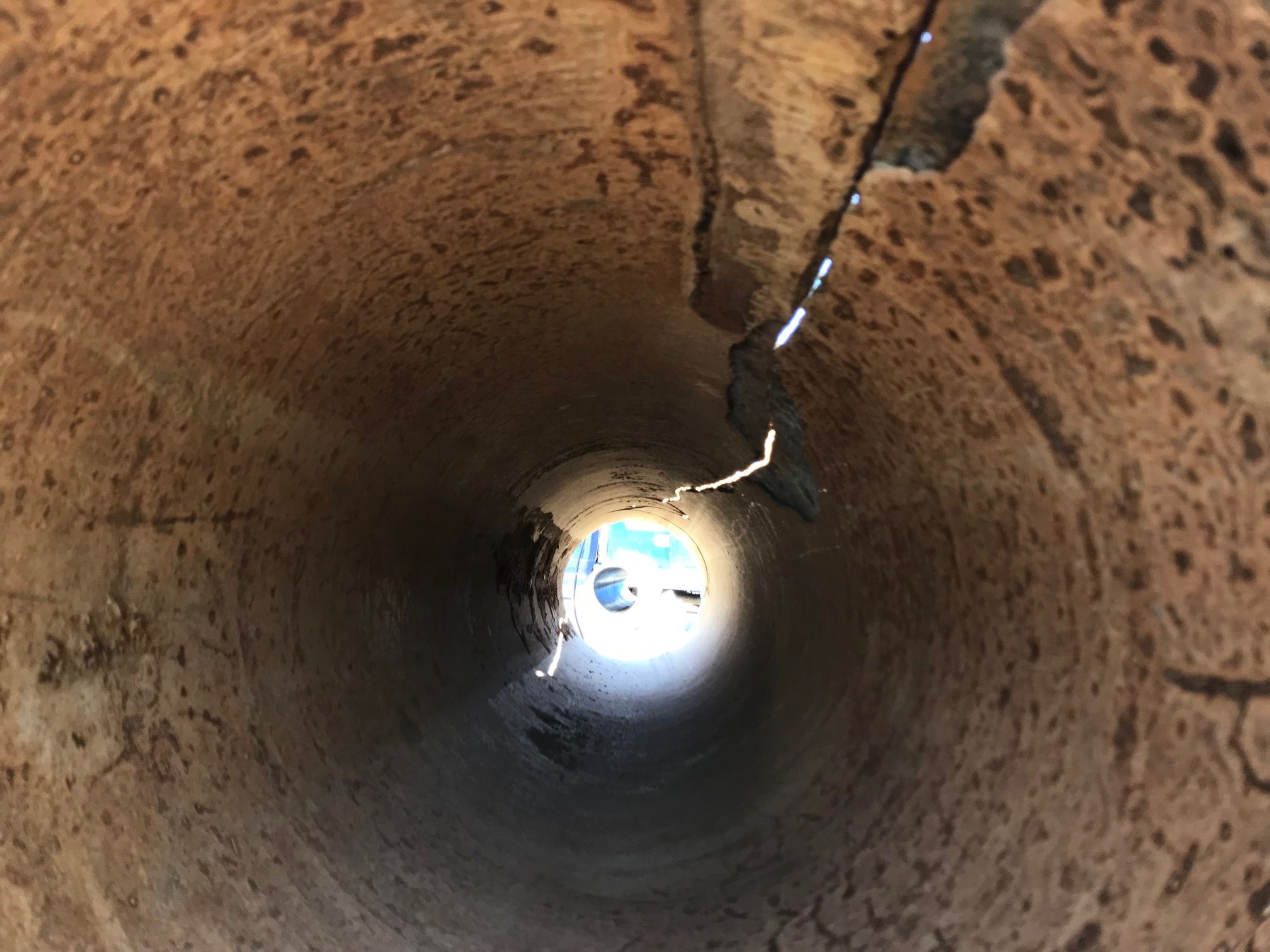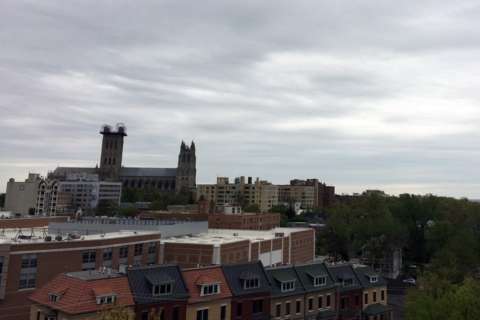
WASHINGTON — It’s been a chilly week, and winter is only going to get colder as December and January approach. And that has local utilities bracing for the emergencies that are bound to pop up, especially at the most inconvenient times.
For the Washington Suburban Sanitary Commission, there really is no convenient time for a water main to break. And yet last winter it happened a lot — “way more main breaks than we normally get” WSSC CEO and GM Carla Reid said Thursday.
“Fresh on our minds is January of this past year, where we had just over 800 water main breaks and leaks in a single month,” said WSSC spokeswoman Lyn Riggins. “We’ve never had that many in a single month and that’s because it was extremely cold last January.”
That’s close to half the number of water mains fixed over a whole year by WSSC. On one day alone there were more than 60 that broke. In all, the commission has repaired more water mains over the last year than it had in any other over the last decade.
“As the temperatures drop, and continue to drop … we’re going to know there are water main breaks coming, unfortunately,” said Riggins.
The four busiest months of every year are from November through February, so WSSC has already set up supply depots with pipe, paving material and anything else that might be needed to fix a sudden break. The schedules have been adjusted, too, after lessons learned from last year.
“We are going to have more crews available in the later shifts of the day so we can keep the repairs going day and night,” said Riggins.
When a water main breaks
The most common type of break is what’s known as a circle break — when the round, cast-iron pipes just split apart evenly. Fixing them is usually a four- to five-hour process, but most of that time is spent digging up and locating the stretch of pipe that’s broken.
“[The] hardest part is just locating it,” said Craig Nottingham, one of WSSC’s repair workers. “Make sure where the break’s at, because it could be running — water shooting out on this street and [the break is] another street over.”
When he clamps a broken main shut, it’s just like sealing it over with a bandage, though one that’s sealed up with three really big bolts clamped tight with power tools. That part can be finished in as little as a minute or two. “That’s the easy part,” Nottingham said.
What you can do
The hardest part of the four-to-five hour process of fixing a broken or leaking main is finding the leak and digging it up. And WSSC says it’ll need your help with some of that.
In some cases, workers knows right away when a water main has broken, but that’s only when it’s one of the major water lines. The smaller lines that run through neighborhoods are less obvious — there’s no board in a room somewhere that just starts flashing when a line breaks. But WSSC has made reporting a broken main easier, giving people the option to call, email, or report a leak on the mobile app, said Reid.
“All you have to do is take a quick picture of the water running down the street — the location, the coordinates, through the app, will come right to us,” said Riggins. “So if you don’t want to talk to us, or email us, but you want to tell us, just use the mobile app and that information will come right to us.
“The sooner we know about a water main break, the sooner we can fix it.”









